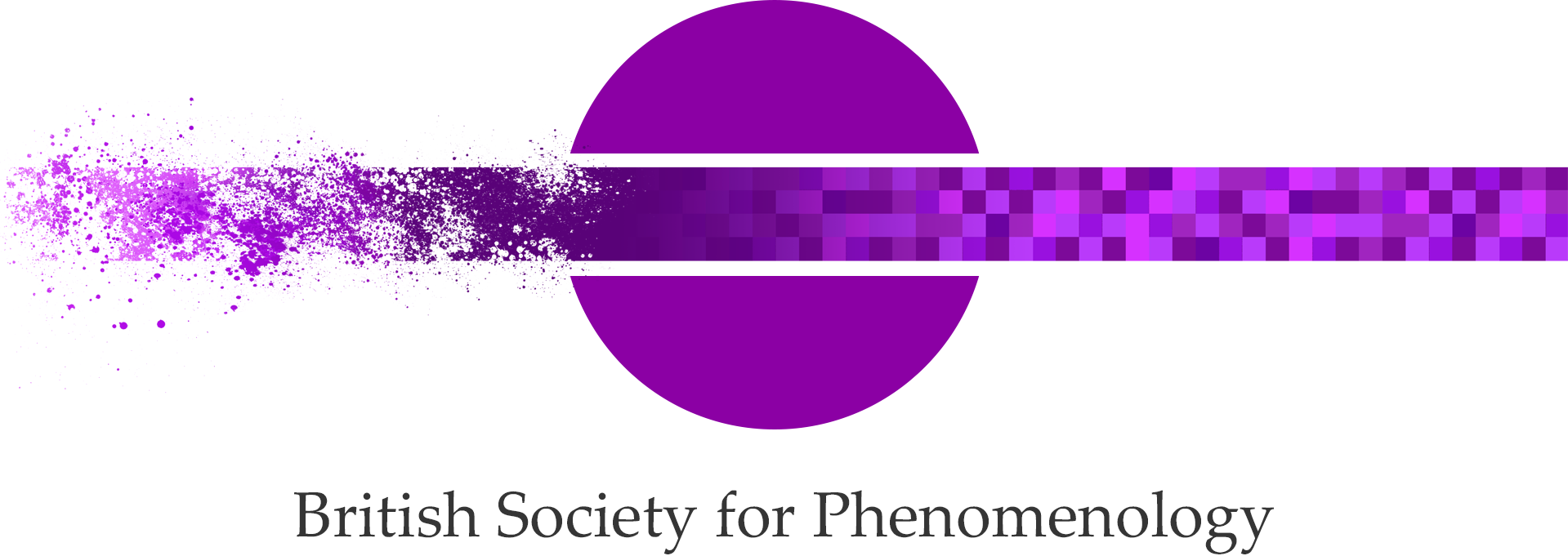Call for papers for an event supported by the Knapp Foundation on 10 April 2024. Abstracts by 15 January 2024.
Call for Papers – ‘The Leap into the Inception: Das Seyn and Da-sein – Unfolding the significance of Heidegger’s “Beyng-historical treatises”’
Online Conference
Wednesday April 10th 2024
Keynote Speakers
Laurence Hemming (University of Lancaster)
Richard Polt (Xavier University)
Peter Trawny (University of Wuppertal)
Daniela Vallega-Neu (University of Oregon)
Friedrich-Wilhelm von Herrmann, the recently deceased editor of the Heidegger Gesamtausgabe, names seven “treatises” as the basic and component parts of “beyng-historical thinking”. In the Nachwort to the volume Besinnung von Herrmann writes that Heidegger had told him: the treatises Besinnung of 1938/39, Über den Anfang of 1941, Das Ereignis of 1941/42 and Die Stege des Anfangs of 1944 stand in a specifically close relation with Contributions to Philosophy insofar as each of these treatises thinks through in a new approach the jointure which in its entirety is Contributions to Philosophy. Die Überwindung der Metaphysik of 1938/39 and also Die Geschichte des Seyns of 1939/40 are in relevant nearness to these five treatises (GA66.433f).
There is further material that belongs to these treatises, and which cannot be ignored – namely the looser, more reflective annotations contained in the two volumes (GA 73) Zum Ereignis Denken (Concerning Eventual Thinking), which admittedly span at least thirty years and begin possibly as early as 1935. Further amplificatory notes can be found intermittently throughout the so-called Schwarze Hefte or Black Notebooks, beginning in 1931 and running up almost to the end of Heidegger’s life.
All of this material became visible only after Heidegger’s death, on his own instruction. How is it possible to begin to enter what was laid down, almost entirely by the year 1944? In one way this material belongs to the thinking of das Ereignis, and in another, to what Heidegger called a “futural thinking” (ein künftiges Denken).
Despite occasional references to a “futural thinking”, both in his own work and from some of his more trusted interlocutors (Kostas Axelos had given his tiny book with the subtitle On Marx and Heidegger the title Induction into a Future Thinking), Heidegger said almost nothing publicly in the course of his own lifetime to explain the futural thinking he had in view. Essential to this futural thinking is not so much “the ontological difference” between das Sein and das Seiende but the thinking of the difference, namely the how the difference is thought through the innovative term das Seyn and the hyphenated term Da-Sein. Only very occasionally and provisionally is this founding relation between das Seyn and Da-sein brought into view: uniquely, in a text rewritten in 1949, as the new §9 of the lecture Vom Wesen der Wahrheit (GA9.201–202). Here das Seyn is mentioned – almost for the first time in a public place – twice, first in its “remaining within the representative thinking of metaphysics” as “the difference that holds sway between being (das Sein) and what-is (das Seiende)”, and then only fleetingly, following the “saying of a turning” as the “concealing withdrawal” of ἀλήϑεια, that sets out to think from the other ground of Da-sein.
In the second part of the short text, “A look back along the path (Rückblick auf den Weg)”, drafted in the 1937–1938 and first published as an appendix to the GA 66, Mindfulness (Besinnung), while commenting on the Contributions to Philosophy, Heidegger writes: “But even here that form has not yet been reached, which, precisely at this point, I demand for a publication as ‘work’; for here the new style of thinking must announce itself – the restraint in the truth of beyng; the saying of the quietening silence [das Sagen des Erschweigens], the making-ready of the essentiality of the simple.” (GA 66.427).
Heidegger names here even his own difficulty with bringing this thought to expression. What Heidegger means with his use of style has nothing to do with finding a form for some content, nor with an aesthetic progression or performance. Style is understood as a truth experiencing its own, innermost expression, or as Heidegger himself defines it in §31 of the Contributions to Philosophy: “Style is as a growing assurance, an enforcement of the truth in the sense of the taking-shelter in the presently-present.” (GA 65, 69). The question of style is the question of how saying speaks, and with what voice, and what in that saying remains withheld.
The organisers invite proposals that engage with the question of the relation of Da-Sein and Das Seyn in Heidegger’s “Beyng-Historical treatises”. Possible topics include, but are not limited to:
- In what relationship do these treatises stand, either in relation to contemporary philosophy and its preoccupations, or to the dominant strains of the contemporary readings of Heidegger’s thought?
- What are the possibilities for letting them address us as original sources and resources for a present and futural thinking (künftige Denken)? Can we even continue to “philosophize” in jointure with them – or must we rather open ourselves what Heidegger names when he announces, not once, but repeatedly, the end (Abbruch) of philosophy?
- What are the bridges (links) and breaches between Being and Time and the beyng-historical treaties?
- How can we think and so to experience the essence of other beginning (Der andere Anfang) together with its grounding question, “What is the truth of beyng?” (Was ist die Wahrheit des Seyns?)?
- And if this experience is to be in any way tangible for us, and yet was withheld in Heidegger’s lifetime, how, then, are we to explicate the unsaid reserves within what is written historically, and in a continuing and incisive interpretation of what has already been said?
- How are we to understand the thinking of the difference that is das Seyn and Da-sein, and which brings into view thinking the difference that is is das Sein and das Seiende?
The conference will take place on Wednesday, April 10th 2024 and will be entirely online.
Abstracts (300-500 words) for papers lasting no longer than 20 minutes should be sent to [email protected] by January 15th 2024. Notices will be sent out by the end of January.
This conference is supported by the Knapp Foundation.

